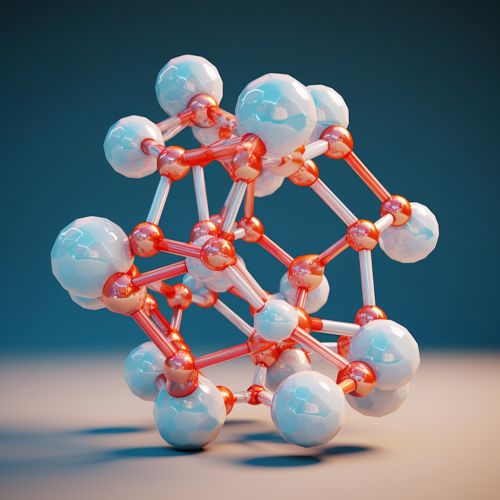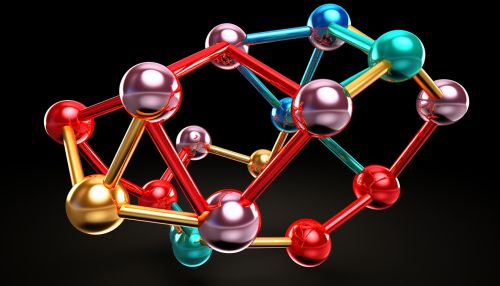Steroids
Introduction
Steroids, or steroid hormones, are a group of fat-soluble organic compounds derived from cholesterol. They are characterized by a core structure of seventeen carbon atoms arranged into four rings. Steroids have a wide range of physiological effects, including modulation of cellular metabolism, immune response, and regulation of inflammation, blood electrolyte levels, and reproductive functions.


Classification
Steroids are classified based on their biological function or the organs that they affect. There are five major classes of steroid hormones: glucocorticoids, mineralocorticoids, androgens, estrogens, and progestogens.
Glucocorticoids
Glucocorticoids are a class of steroid hormones that play a vital role in the regulation of glucose metabolism, immune response, and stress response. They include hormones such as cortisol and cortisone.
Mineralocorticoids
Mineralocorticoids are a class of steroid hormones that regulate electrolyte and water balance in the body. The primary mineralocorticoid is aldosterone.
Androgens
Androgens are a class of steroid hormones that stimulate and control the development and maintenance of male characteristics. They include hormones such as testosterone and dihydrotestosterone.
Estrogens
Estrogens are a class of steroid hormones that promote the development and maintenance of female characteristics. They include hormones such as estradiol and estrone.
Progestogens
Progestogens are a class of steroid hormones that play a key role in the menstrual cycle and pregnancy. They include hormones such as progesterone.
Biosynthesis
Steroid hormones are synthesized from cholesterol in the adrenal glands and gonads. The biosynthesis of steroids involves a complex series of chemical reactions, starting with the conversion of cholesterol to pregnenolone via the enzyme P450scc. Pregnenolone is then converted to progesterone, which serves as the precursor for all other steroid hormones.
Physiological Effects
Steroid hormones exert their effects by binding to specific steroid hormone receptors in the target cells. Upon binding, the hormone-receptor complex translocates to the nucleus, where it regulates the transcription of specific genes, leading to changes in protein synthesis and cell function.
Clinical Use
Steroid hormones and their synthetic analogs are widely used in medicine for their anti-inflammatory, immunosuppressive, and anabolic effects. They are used in the treatment of a wide range of conditions, including asthma, rheumatoid arthritis, inflammatory bowel disease, and autoimmune disorders.
Side Effects and Risks
While steroids have many beneficial effects, their use can also lead to a number of side effects and risks. These include weight gain, fluid retention, hypertension, mood changes, and increased risk of infections. Long-term use can lead to more serious complications, such as osteoporosis, diabetes, and adrenal suppression.
